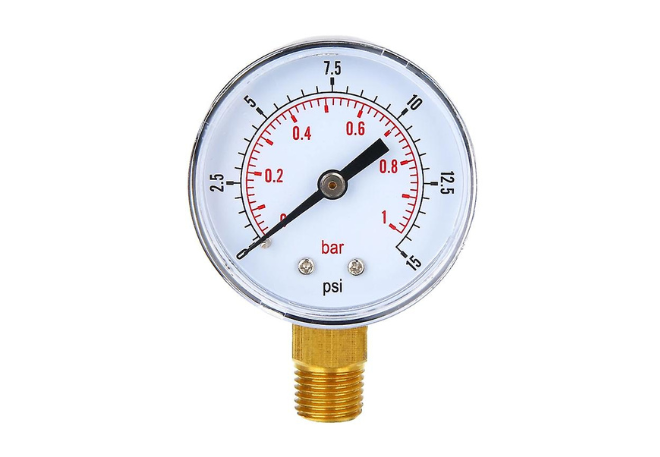Why Are Earth Leakage Relays (ELRs) Essential for Modern Electrical Safety? A Complete Guide
What Are Earth Leakage Relays and How Do They Work?
Earth leakage relays (ELRs) are advanced protective devices designed to detect ground faults or leakage currents in electrical installations. These relays play a crucial role in preventing electric shocks, fires, and equipment damage by instantly disconnecting the power supply when abnormal leakage current is detected. ELRs monitor the insulation between live conductors and the earth, ensuring that any fault, however minor, is detected before it becomes hazardous.
Why Are Earth Leakage Relays So Important in Electrical Systems?
The demand for electrical safety has never been higher, especially with increasing automation, sensitive electronics, and stringent safety regulations in industrial and commercial environments. Earth leakage relays offer proactive protection that goes beyond standard circuit breakers or fuses. Their sensitivity to leakage currents helps in identifying insulation failures, water ingress, damaged cables, or faulty equipment before catastrophic failures occur.
- Provide early detection of dangerous earth faults and insulation failures
- Enhance safety for personnel by reducing the risk of electric shocks
- Limit potential fire hazards arising from persistent leakage currents
- Protect valuable electronic and electrical equipment from damage
How Do Earth Leakage Relays Operate in a Circuit?
Earth leakage relays are typically used alongside core balance current transformers (CBCTs), which continuously monitor the current balance between live conductors. Under normal conditions, the vector sum of all phase currents is zero. If any current leaks to Earth, this balance is disturbed, and the relay detects the difference.
- ELR receives the output from the CBCT whenever leakage is detected
- The relay evaluates whether the leakage exceeds preset threshold values
- If the threshold is exceeded, the relay triggers an alarm and isolates the circuit by operating a contactor or circuit breaker
Where Are Earth Leakage Relays Most Commonly Used?
The application of ELRs spans a wide range of sectors due to their reliability and effectiveness in risk prevention. They are exceptionally vital in areas where people, equipment, or sensitive data could be compromised by electrical faults.
- Industrial plants with heavy machinery and automated systems
- Commercial buildings, offices, and high-rise complexes
- Data centres and IT infrastructure for critical uptime
- Hospitals and healthcare facilities where uninterrupted power is vital
- Residential complexes to ensure enhanced occupant safety
- Water treatment and pumping stations exposed to harsh environments
What Are the Key Features and Benefits of Modern Earth Leakage Relays?
Modern ELRs offer an array of intelligent features that increase their value, efficiency, and user convenience. With advancements in electronics and sensor technologies, these devices have become more compact, accurate, and adaptable.
- Adjustable sensitivity to match different protection needs
- Instantaneous and time-delayed tripping options
- Visual indicators and audible alarms for instant fault notification
- Compatibility with digital monitoring and remote signalling systems
- Self-testing and diagnostic capabilities for reliability assurance
- Wide voltage range and current ratings for diverse applications
How Do You Select the Right Earth Leakage Relay for Your Application?
Choosing the right ELR requires a careful assessment of the installation’s characteristics, safety standards, and operational requirements. An effective selection process ensures that the relay offers reliable protection without nuisance tripping.
- Identify the maximum expected leakage current and select appropriate sensitivity settings
- Consider the operating voltage and compatibility with existing electrical infrastructure
- Ensure the relay provides the desired tripping time—instantaneous for critical loads, or delayed for selectivity
- Look for integration with building management systems for advanced facilities
- Evaluate installation space and mounting preferences—panel or DIN-rail mount
- Prioritise relays with clear indicators, user-friendly interfaces, and maintenance features
What Are the Latest Trends in Earth Leakage Relay Technology?
The evolution of earth leakage relays is closely tied to advancements in smart grid technology, IoT, and automation. Modern ELRs are not just protective devices but active components in intelligent energy management systems.
- Integration with digital communication protocols like Modbus or Ethernet
- Real-time leakage current monitoring and data logging for predictive maintenance
- Wireless connectivity for remote fault alerts and system management
- Adaptive sensitivity settings based on operational conditions
- Compact, modular designs for flexible installation and scalability
How Do You Install and Maintain Earth Leakage Relays for Optimal Performance?
Proper installation and routine maintenance are critical for maximising the protection offered by ELRs. Adhering to manufacturer guidelines and safety standards ensures the system’s longevity and reliability.
- Mount the relay in an accessible, well-ventilated panel or enclosure
- Calibrate sensitivity and trip settings according to site requirements
- Connect the relay correctly with the CBCT for accurate detection
- Test the relay function regularly to verify response and alarm systems
- Inspect for signs of dust, moisture, or physical damage during maintenance routines
Why Should Every Facility Prioritise Earth Leakage Protection?
In today’s connected, high-performance environments, downtime and safety incidents can have severe consequences. By integrating earth leakage relays into electrical protection schemes, businesses and homeowners alike ensure continuous operation, peace of mind, and compliance with global safety standards.
- Boost overall electrical safety for people and assets
- Minimise unplanned shutdowns and costly repairs
- Meet regulatory requirements for workplace and public safety
- Foster a culture of proactive risk management and reliability
Conclusion
Earth leakage relays are no longer optional in modern electrical installations—they are essential for safeguarding lives, property, and technology. With rapid advancements in detection, communication, and automation, ELRs continue to play a pivotal role in shaping a safer, brighter electrical future. Investing in quality earth leakage protection is a step every responsible facility manager, engineer, or homeowner should take to ensure resilience and reliability in their electrical infrastructure.




Comments
Post a Comment